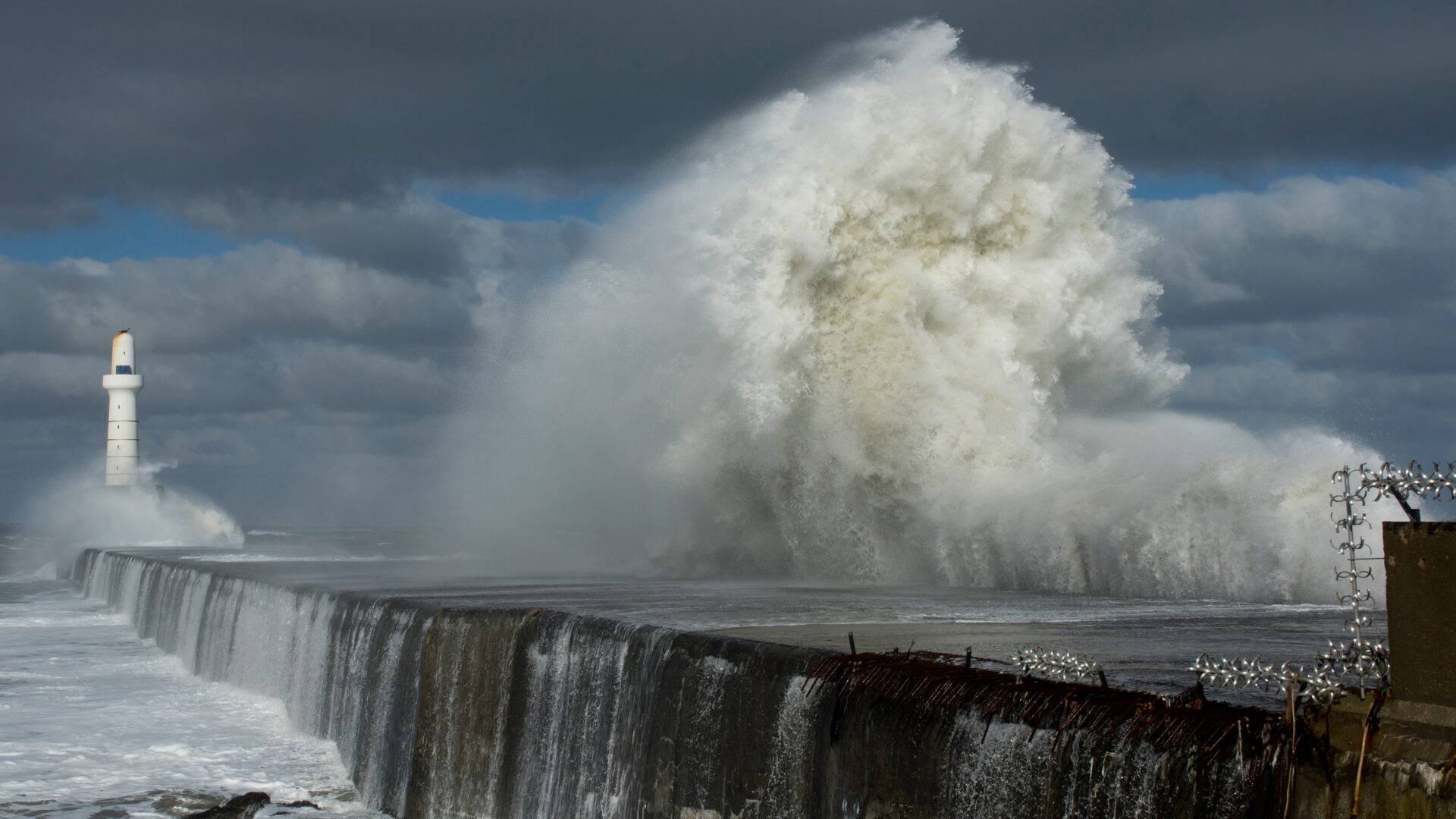It is essential that the right carbon storage sites are selected for the right reasons, and this demands a critical geological evaluation of each site. What risks need to be considered?
For more than two decades, our Reservoir Management & Subsurface team has been engaged by authorities, energy companies and certification agencies to develop and implement CO2 storage (carbon storage) strategies onshore and offshore. This work has been an interesting journey, generating optimism that a huge amount of CO2 can be stored in the North Sea.
There are many valid concepts for CO2 storage that meet environmental requirements and the long-term confidence of containment.
Here, our experts have highlighted just a handful of the risks that must be assessed as part of a geological due diligence process for site characterisation of carbon storage.
The short version: when dense phase CO2 is pumped into a porous saline aquifer below sufficient depth (800 m+) it remains away from the atmosphere. Over time, the CO2, which has not been dissolved in the aquifer water or trapped in pores, will move upwards (since the dense CO2 phase is more buoyant than water) along permeable conduits/reservoirs until it is capped by a geological seal. It is therefore a great benefit if the movement of the CO2 plume can be monitored by seismic.
In the long-term, CO2 will be dissolved and may react with minerals in the host rock to reach a solid state.
Screening for CO2 storage site
When screening for CO2 storage, cost benefit plays an important role. The location of the CO2 source and means of transporting to the storage site are also crucial. While it may be tempting to store CO2 in a drilled location, where geology is well understood, legacy wells pose a threat of overburden integrity and containment.
Usually, screening of suitable CO2 storage sites requires the use of seismic to create a 3D model of the potential reservoir. Depending on the geology, 2D or most likely 3D seismic will be necessary before any qualified reservoir can be determined. Well control and good well data will also be required before qualifying a reservoir.
Getting carbon storage right
Failure of CO2 containment will not only be harmful to the environment but also signal economic failure.
CO2 invasion of hydrocarbon bearing intervals is also an issue of concern. In some cases, CO2 is stored in reservoirs next to oil and gas fields, by virtue of existing infrastructure and geological well and seismic data. In some cases, CO2 may be used for displacing oil and for achieving better recovery in a field. In several projects we have worked on, there is a risk of CO2 migrating into oil and gas reservoirs.
Monitoring CO2 plume migration will control such event. It is a strategic choice whether to store CO2 in a trap, similar to an oil and gas accumulation, or to allow the CO2 to percolate a saline aquifer. In the latter case, the risk of top seal failure is less, compared to the accumulation of a CO2 column that builds overpressure by buoyancy.
Also, the risk of CO2 invasion in water resources, thereby preventing such water resources being used for irrigation, industrial and humans, is a great concern.
Fault leakage is somewhat ill predicted. To fully characterize the risk of fault leakage, fault history and tectonic stress need to be taken into consideration. Seismic will give a history of fault movements, whereas geomechanical modelling will enable characterization of seal capacity.
Tectonic events may cause massive leaks, in particular if CO2 is stored as an accumulation in an untested structure. Storage in a depleted field on the other hand would be less risky in a way since the containment has been tested. However again, legacy wells will pose a risk.
Judicial considerations in geological evaluation of carbon storage site
And finally there are judicial considerations. Most countries have regulations and targets to meet the Paris accords of reducing CO2 emissions, thus the transport of CO2 across borders may not be simple.
Judicial questions on how to treat CO2 as “garbage” need to be understood and agreed before the transport across borders takes place. Bi-lateral agreements are needed with the current framework, a standard would be desirable. The lack of a legislative framework poses an economic risk as most CO2 emissions capture and storage are driven by authorities to meet emission reduction targets, so when CO2 is shipped across borders, who is to take credit and meet governmental CO2 emission goals? It is also unclear how operators of bioenergy plans can get credit for capturing CO2 leading to a negative carbon emission. In all cases the CCS project must make commercial sense.
There is an international standard (ISO 27914), which describes the procedures for screening, qualification and certification of CO2 storage. This is a comprehensive set of aspects and topics to be followed as a prerequisite for the issuing of a certificate of operations. Each phase of CO2 storage site; screening, selection and characterisation/qualification is subject to a certificate being issued.
But, you can also ask the experts and, with over two decades of studying these risks, AGR is well-placed to advise companies on the risks associated with each location.
These risks, if well understood and managed, can be overcome and carbon storage will undoubtedly become big business as well as making a dramatic impact on decarbonising the world.



